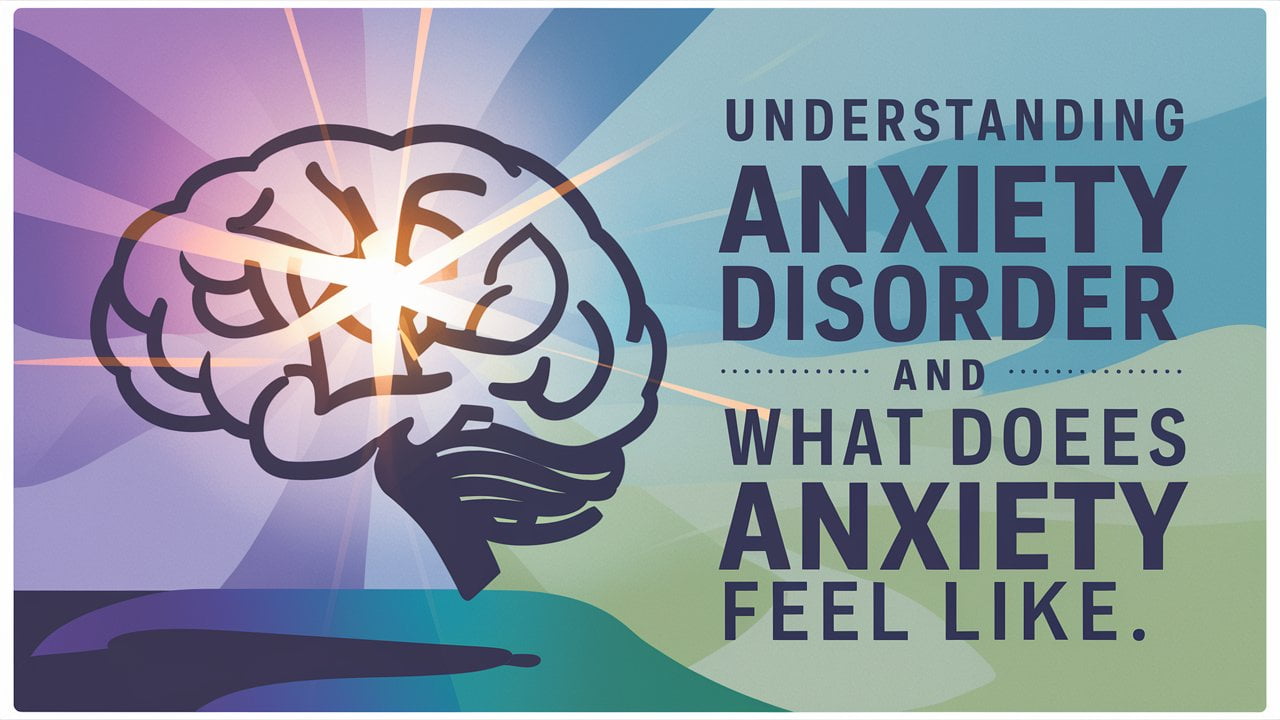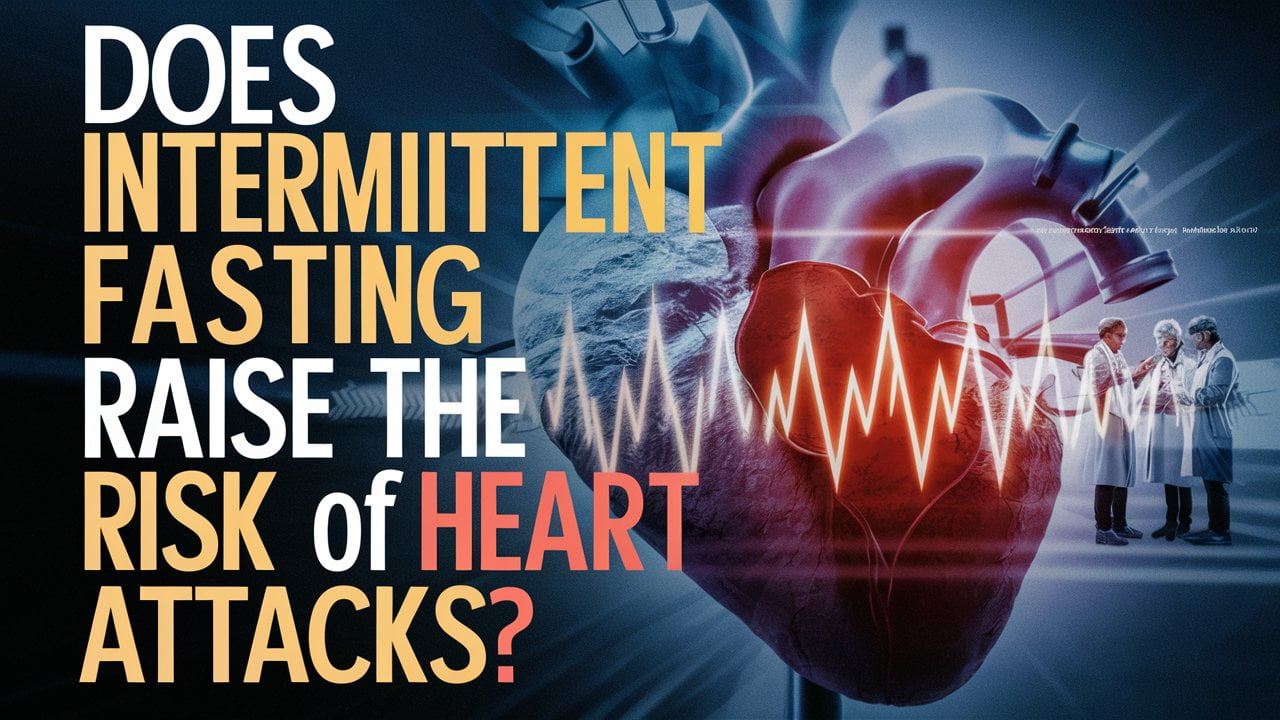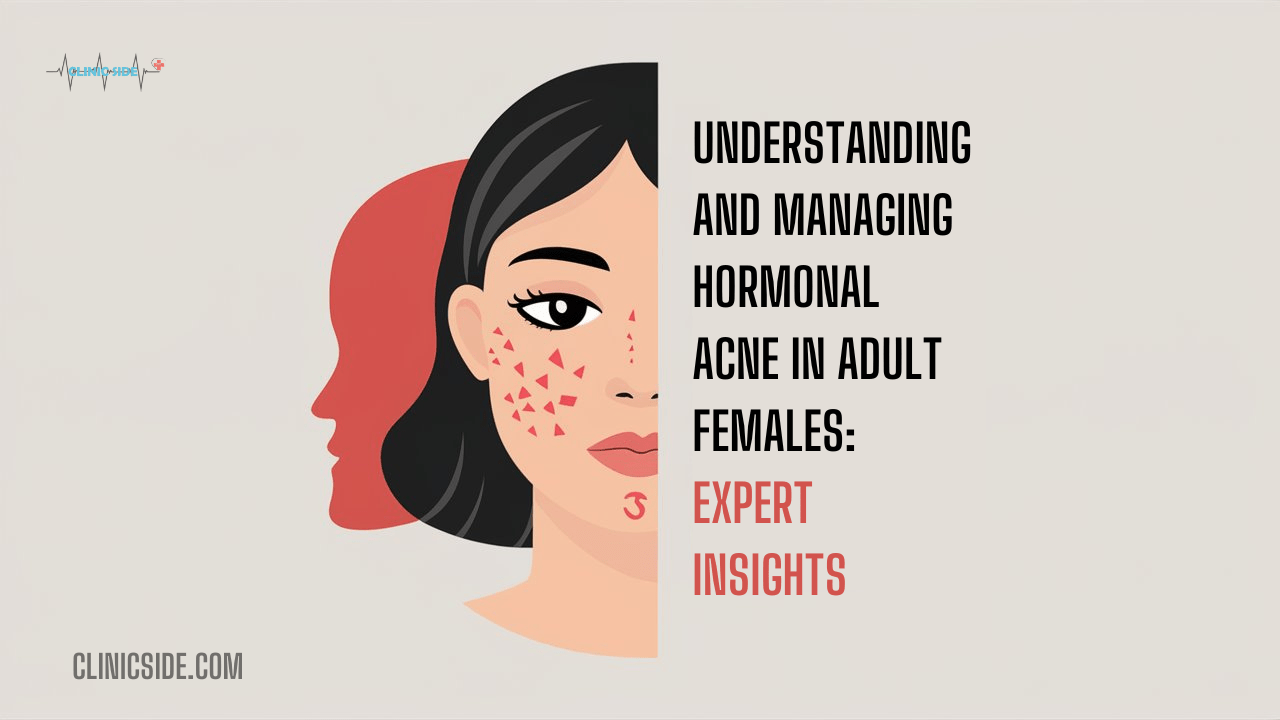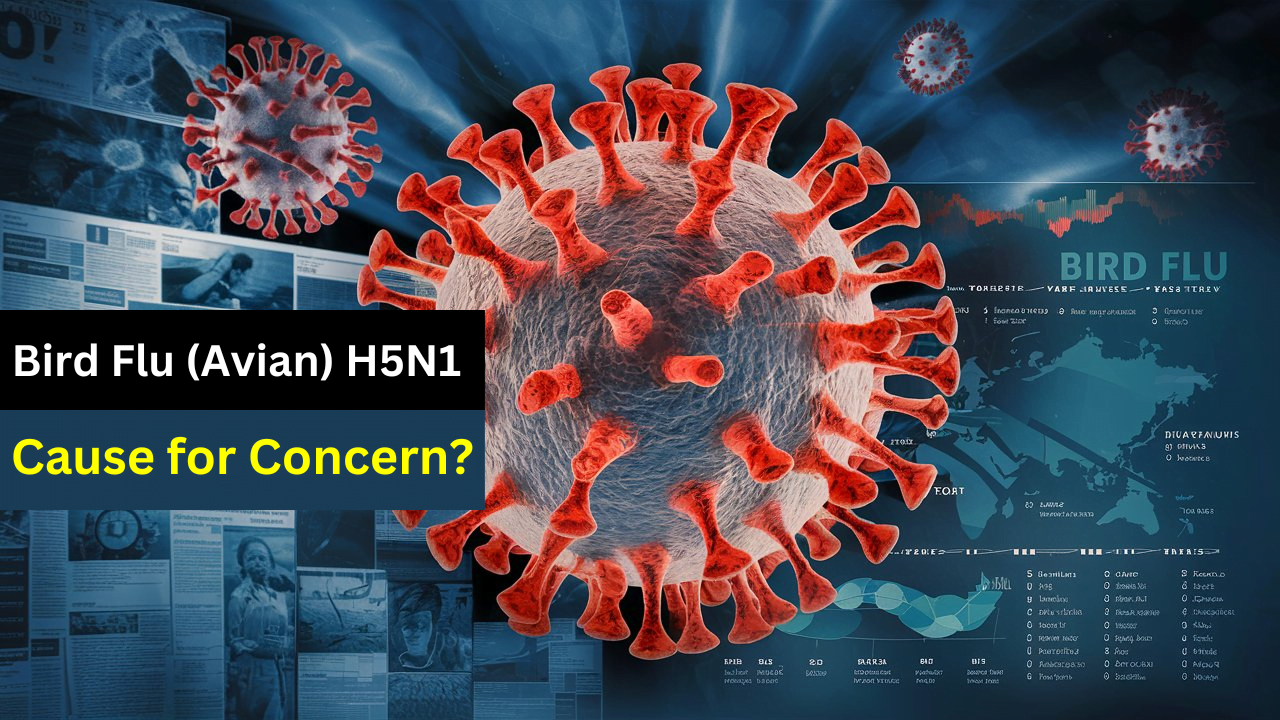
The broad category of anxiety disorders entails a variety of conditions characterized by excessive concern, fear, and avoidance behaviors that significantly impact the lives of individuals. It is in this inclusive exploration that we will take further into the deep details of anxiety disorders highlighting their symptoms, timelines as well and treatment modes to enable us to understand better and intervene effectively.
What Does Anxiety Feel Like
Anxiety is rooted in our survival instincts, however, anxiety becomes a problem when our fear response is unnecessarily triggered – signaling danger. Here are a couple of common metaphors that characterize this experience. Anxiety is a panic alarm that won’t shut off. We may feel overwhelming fear, a pounding and racing heart, shakiness, and chest pain or dizziness. Feelings of restlessness, and intention persist sometimes to the point of physical pain and illness. Anxiety is being stuck in a ‘what-if’ cycle. One’s thoughts are inundated with excessive fear, worry, and catastrophic thinking patterns. These thinking traps carry themes of worst-case scenarios. A better understanding of anxiety is helpful for both those experiencing anxiety and those who are trying to help.
Understanding Generalized Anxiety Disorder (GAD)
Generalized Anxiety Disorder (GAD) is an incessant mental health condition that is mainly marked by persistent excessive worrying beyond specific triggers or stressors. People with GAD often feel generally distressed over various aspects of life leading to impaired functioning.
Timeline:
The diagnostic timeline for GAD usually stretches over six months or longer with symptom persistence for a prolonged period of time. This chronicity differentiates GAD from transient stress reactions or adjustment disorders thereby revealing its long-lasting nature.
Symptoms:
Some key symptoms observed when one has GAD include irritability, fatigue, tension, decreased concentration, and restlessness. They may also have physical presentations such as muscle tightness, headache, and gastrointestinal upset that add more to their agony.
Treatment:
For GAD, medication and psychotherapeutic interventions are usually used. SSRIs or SNRIs are the most commonly prescribed to alleviate symptoms while CBT helps patients identify and challenge maladaptive cognitions and behaviors associated with anxiety.
Distinguishing Generalized Anxiety Disorder from Adjustment Disorder
Although both GAD and Adjustment Disorder involve emotional distress, they differ in terms of temporal characterizations as well as underlying triggers that elicit them. GAD extends after the resolution of any specific stressor, whereas adjustment disorder occurs in response to identifiable stressors which typically resolves within six months once addressed.
Timeline:
Adjustment Disorder may last for up to six months in line with the duration of the precipitating factor. Conversely, GAD is characterized by chronic worries lasting more than six months past external stressors.
Symptoms:
The symptoms of Adjustment Disorder differ depending on the stressor type but typically include emotional pain, reduced abilities to live or work normally, and wrong ways of coping. Conversely, GAD is identified by generalized anxiety comprising of pervasive worry, irritability and physical symptoms like tensed-up muscles and fatigue.
Treatment:
Approaches deployed in handling adjustment disorder focus on addressing the underlying stressors that cause it while providing supportive interventions that help patients develop better skills to cope with such situations. On the other hand, GAD necessitates chronic medications combined with psychotherapy to relieve long-term anxiety causing overall degeneration of normal functioning.
Exploring Panic Disorder
Panic Disorder is distinguished by recurrent panic attacks that are unexpected and accompanied by marked physiological symptoms; chest pains, palpitations, shortness of breath, and lightheadedness. Many people who incur them have no warning they are coming, thus triggering fears about future ones as well as channeling their efforts towards avoiding anything they think could lead to another one.
Timeline:
The majority of Panic Disorders begin suddenly with panic attacks taking place in clusters over a brief period. The frequency and severity vary between individuals; some experience brief isolated episodes whereas others suffer from ongoing distress consistently all through life.
Symptoms:
Common symptoms of Panic Disorder include heart pounding, perspiration, quivering, difficulty in catching breath, and feeling that one is about to die or go mad while having a panic attack. In addition to that, individuals may experience “anticipatory anxiety”, which may foster avoidance behaviors and social withdrawal.
Treatment:
Panic Disorder treatment often combines pharmacotherapy with psychotherapy. For example, doctors may prescribe medications like SSRI SNRIs or benzodiazepines for immediate relief of the situation and prevention of future recurrence. Psychotherapy models such as cognitive behavioral therapy (CBT) and exposure therapy are used to help the persons identify and contest negative thoughts as well as gradually face fearsome situations.
Exposing Specific Phobia and Agoraphobia
Specific phobia refers to irrational fear towards a specific object or situation lasting more than six months. Conversely, agoraphobia points out being afraid of wide open spaces or places where it would be embarrassing or difficult to escape easily. Consequently, both conditions often lead to functional impairment due to avoidance behaviors.
Timeline:
Both Specific Phobia and Agoraphobia involve persistent fear lasting six months or longer along with avoidance behavior which affects their daily activities thereby affecting their quality of life.
Symptoms:
Specific Phobia symptoms include intense anxiety or panic attacks when exposed to feared stimuli like spiders, heights, or flying. Agoraphobia is characterized by a fear of open spaces, public transportation, and shopping centers among other places making it difficult for one to escape in case they get distressed thus leading to social seclusion and a decline in functioning.
Treatment:
Both Specific Phobia and Agoraphobia are amenable to exposure therapy which involves gradual exposure to the feared stimuli or situations thereby desensitizing individuals from their anxiety. In CBT (Cognitive Behavioral Therapy), patients are helped to challenge irrational thoughts that make them anxious and also develop strategies of self-encouragement. More serious cases may call for the need for pharmacotherapy involving SSRIs or benzodiazepines which can reduce acute symptoms thereby facilitating the exposure therapy process.
Understanding Social Anxiety Disorder
Social Anxiety Disorder is mostly known as social phobia which is an excessive fear of negative evaluation or embarrassment within sociable contexts. This implies that they may blush, sweat, tremble, and have increased heartbeat rates among others whenever they come into contact with any social situation; hence this prompts avoidance behaviors by people with social anxiety disorders leading to withdrawal from society.
Timeline:
Social Anxiety Disorder is the fear of chronic social situations that last for six months and cause difficulties in professional and social life.
Symptoms:
The fundamental symptoms of social anxiety disorder are stage fright, fear of having to interact with a new person or eating at public places coupled with such physical conditions like blushing, sweating, trembling or rapid heartbeat. In turn, an individual may develop anticipatory anxiety preceding the anticipated event thus leading to avoidance behaviors as well as isolation from other people due to fear of humiliation.
Treatment:
Traditional treatment approaches mixed with management include drugs and talk therapies. Anti-anxiety medications such as Selective Serotonin Reuptake Inhibitors (SSRIs) and beta-blockers are recommended for reducing anxiety symptoms that arise due to performance stress. It is also important that Cognitive Behavioral Therapy (CBT) be included among the treatment options since it helps patients challenge negative beliefs about themselves and the world around them after which they can learn how to cope with different adversities encountered during their lives.
Navigating Post-Traumatic Stress Disorder (PTSD)
Post-traumatic stress disorder (PTSD) results from exposure to traumatic events like wars, natural catastrophes, physical attacks, or even sexual assault hence causing numerous symptoms including intrusive recollections, flashbacks, or dreams related to trauma signs associated with hyper-arousal and avoidance behavior patterns.
Timeline:
PTSD symptoms are observed for more than one month after the traumatic event, seriously affecting the victim’s daily living and well-being. Knowing the difference between Acute Stress Disorder (ASD) and PTSD is important; ASD usually ceases within a month whereas PTSD lasts longer.
Symptoms:
Symptoms of PTSD may be intrusive memories, flashbacks, nightmares, hyper-vigilance, exaggerated startle response, and avoidance of stimuli or reminders related to trauma. There may also be mood swings in an individual’s emotions that can interfere with their thinking ability while they have difficulty relating with others thus adding to their discomfort.
Treatment:
The treatments for PTSD include SSRI-based pharmacotherapy, psychotherapy (specifically Cognitive Processing Therapy or Prolonged Exposure Therapy) as well as adjunctive measures such as EMDR or mindfulness-based therapies. In case of sleep disturbance caused by nightmares medications like Prazosin might help reduce distressing dreams.
Decoding Obsessive-Compulsive Disorder (OCD)
Obsessive-compulsive disorder is marked by repetitive and distressing thoughts, images, or feelings (obsessions), as well as the performing of specific rituals or actions in an attempt to alleviate anxiety or prevent danger.
Timeline:
OCD involves chronic and often life-long symptoms that ebb and flow but persist in the absence of treatment. Individuals may experience symptom patterns that come and go with periods of remission followed by exacerbations resulting from stress or life changes.
Symptoms:
Major signs of OCD include intruding thoughts concerning contamination, doubts about safety, fears regarding self-harm or harming others as well as compulsive acts including washing, checking, or counting. These symptoms are disabling, cause much suffering, and lead to deteriorated functioning in daily living.
Treatment:
OCD treatment typically involves a mix of psychotherapy and medication. SSRI medications or tricyclic antidepressants can be prescribed to ameliorate symptoms of depression and anxiety, while evidence-based forms of therapy like cognitive-behavioral therapy (CBT) or exposure and response prevention (ERP) assist patients in questioning their obsessive ideas and compulsive acts. In the most severe cases, neurosurgical approaches such as deep brain stimulation, and gamma knife radiosurgery may be thought about for those who do not respond to other treatments.
Conclusion
Anxiety disorders conclusively capture a range of conditions that are defined by uncontrollable fears, excessive worries, and avoidance behaviors that significantly disrupt the lives of individuals living with them. This knowledge enables people to make more informed decisions in relation to symptoms exhibited by these individuals during different stages of their illness episodes as well as the various treatment options available when dealing with anxiety disorders. With comprehensive evaluation strategies, the use of effective interventions based on research data about what works best for individual patients plus continued support; we can create a pathway towards recovery, resilience, and wellbeing among individuals facing anxiety disorders.




